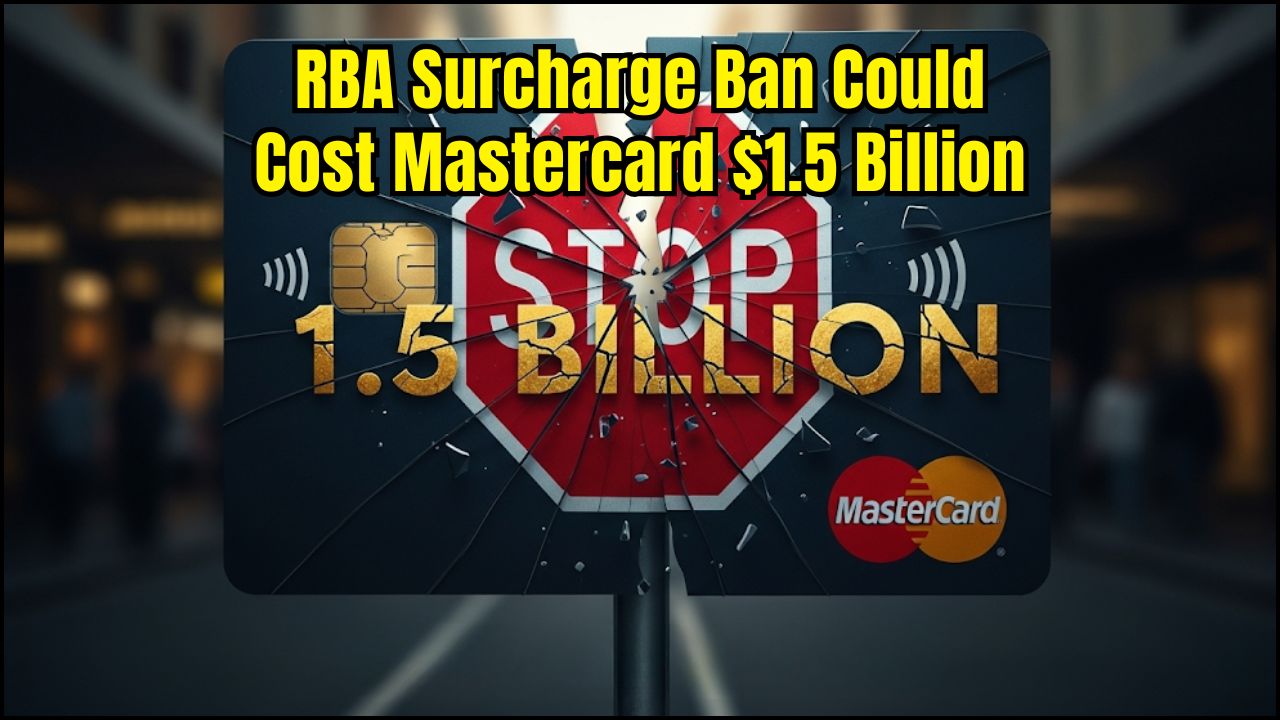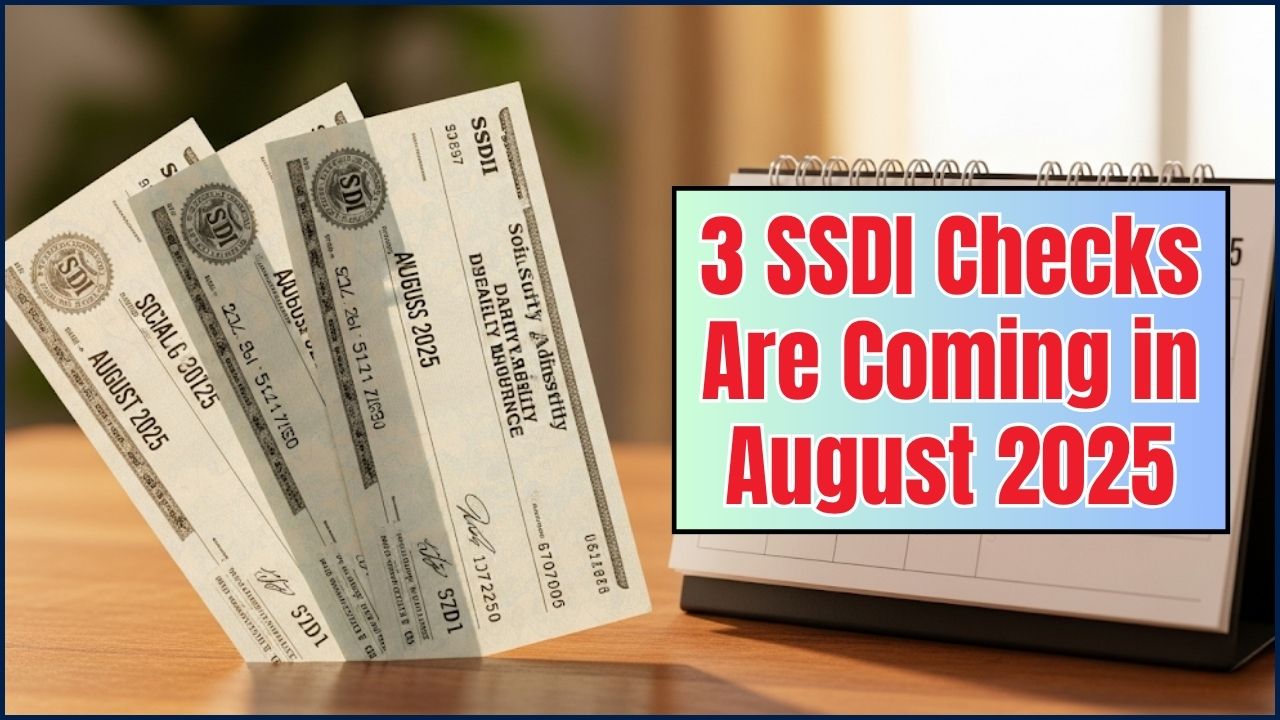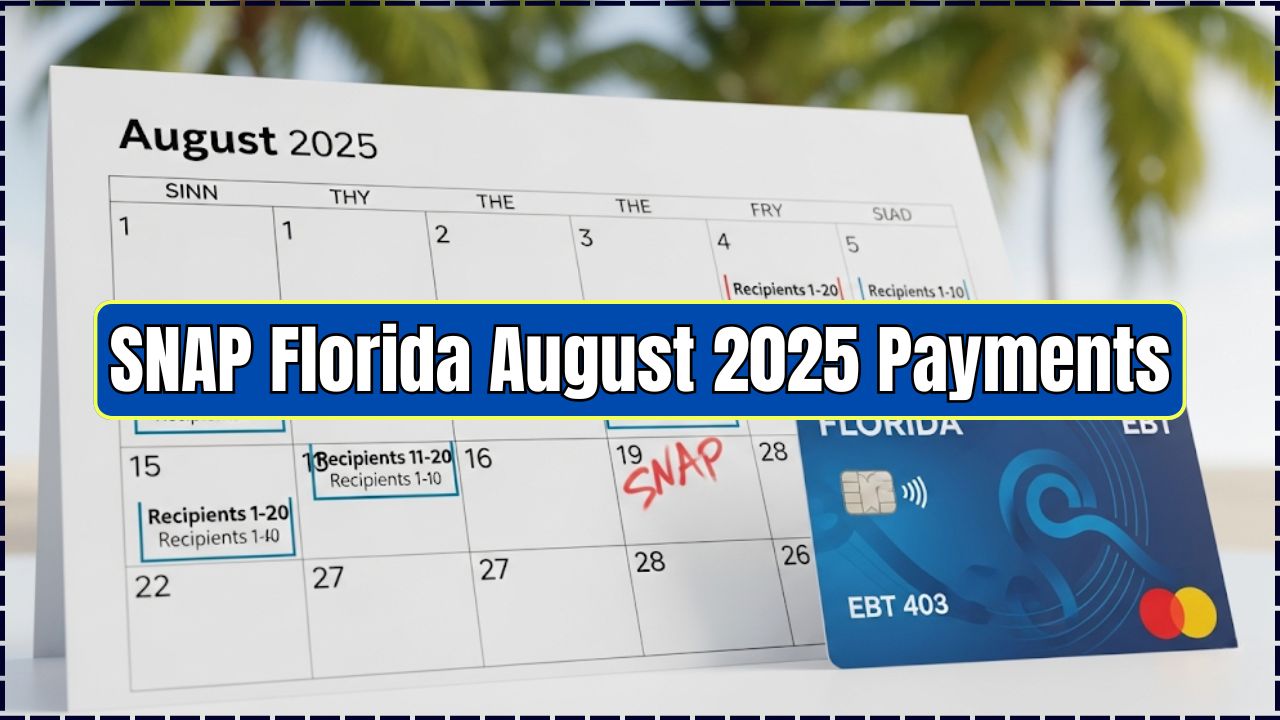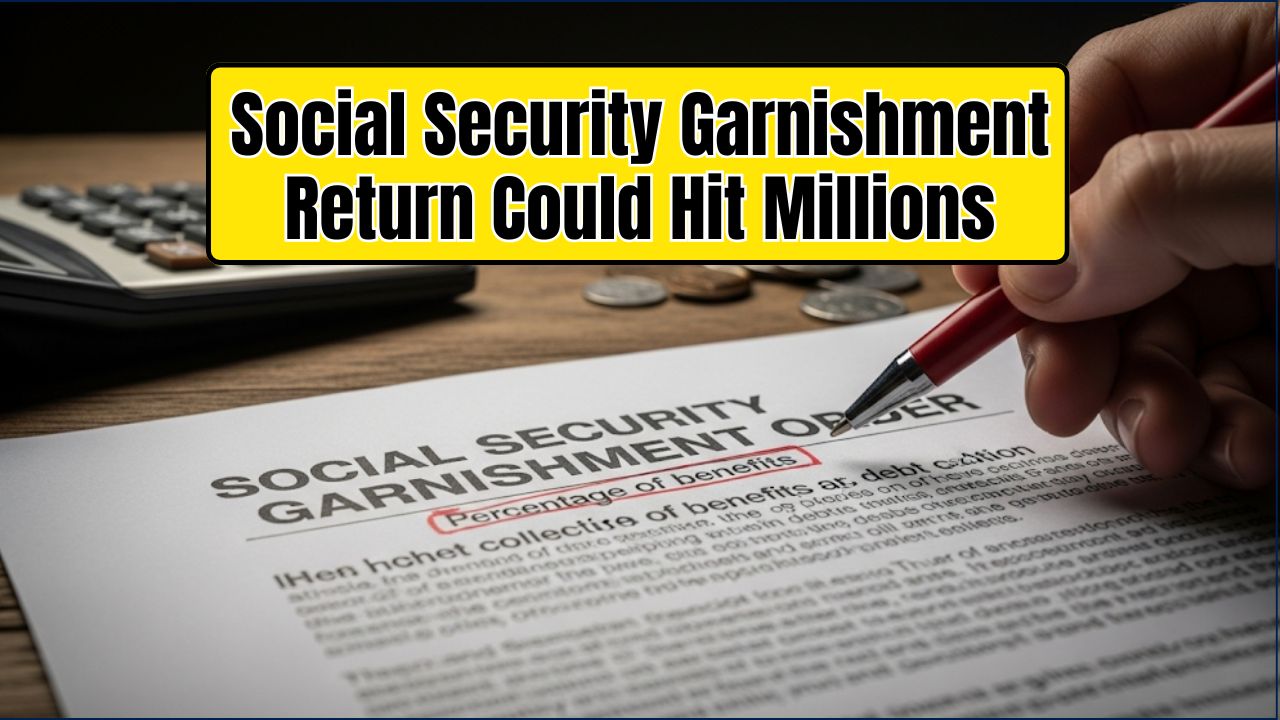Social Security garnishment is making a major comeback in 2025 — and it could hit millions of Americans right in the bank account. If you’ve been living on your benefits without worrying about deductions, the rules of the game are changing. The Social Security Administration (SSA) is bringing back aggressive collections for overpayment debts, and for many people, that means losing up to half of their monthly check.
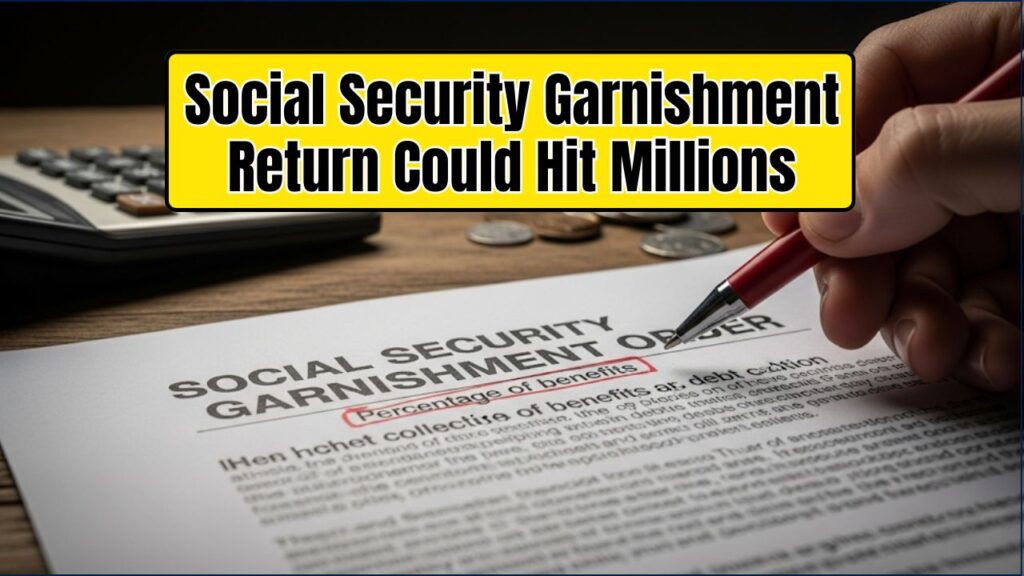
As of July 24, 2025, the SSA raised its garnishment rate from 10% to 50% for certain overpayment cases. That means if they say you owe money, you could see a sudden, steep cut in your benefits starting August 24, 2025. The agency estimates over 1 million people will be affected immediately, with about 2 million total holding overpayment debts.
Social Security Garnishment Return Could Hit Millions
| Topic | Details | Source |
|---|---|---|
| Effective date | Garnishment rate increase began July 24, 2025 | SSA.gov |
| Old limit | 10% of monthly benefit | SSA |
| New limit | Up to 50% of monthly benefit for certain debts | SSA |
| People affected | 1M+ immediately, 2M total have debts | SSA estimates |
| Amount SSA aims to recover | $23 billion in overpayments | SSA |
| Groups at risk | Retirees, disabled individuals, survivors, low-income recipients | SSA data |
| Deadline to act | Before Aug. 24, 2025 | SSA |
| Help available | Waivers, appeals, repayment plans | SSA.gov |
The Social Security garnishment return is one of the biggest benefit changes in recent years. Whether you’re living on retirement income, disability payments, or survivor benefits, losing up to 50% of your check could be devastating.
If SSA says you owe, don’t wait until August 24 — file for a waiver, appeal, or repayment plan right away. The sooner you act, the more control you’ll have over your financial future.
Why This Is Happening — And Why Now
Overpayments happen when SSA sends you more money than you should have received. Sometimes it’s because of:
- Delayed income reporting
- Changes in eligibility the SSA missed
- Administrative errors on SSA’s part
Even if it’s not your fault, SSA can still demand the money back. Under the Biden administration, collections were capped at 10% for most cases. Now, the new policy aims to recover over $23 billion, even if that means taking half your check.
Real-Life Story: “Half My Check Was Gone”
Mary, a 72-year-old widow in Ohio, got a notice saying she’d been overpaid $8,000 in survivor benefits over the past three years.
“I almost fainted. My $1,400 check dropped to $700 overnight. I can’t pay rent, utilities, and food on that,” she said.
She filed an SSA-632 waiver with the help of a local Legal Aid Society attorney, arguing repayment would cause severe hardship. Her case is still pending — but at least the garnishment is paused while SSA reviews it.
Who’s Most at Risk?
- Seniors on fixed incomes
- Disabled individuals relying on SSDI or SSI
- Survivors (widows, widowers, children of deceased workers)
- Veterans receiving both VA and SSA benefits
- Older borrowers with defaulted student loans
How Student Loans Make It Worse
The Department of Education can garnish up to 15% of your Social Security for defaulted federal student loans. If you also owe SSA for overpayments, those garnishments stack.
Example:
- SSA takes 50% for overpayments
- Education Department takes 15% for student loans
- You keep just 35% of your original benefit
This double-whammy is already happening to thousands, according to Business Insider.
2024 vs. 2025 Garnishment Rules
| Feature | 2024 Rules (Pre-Policy Change) | 2025 Rules (Post-Policy Change) |
| Garnishment Rate for Overpayments | Up to 10% of monthly benefit. | Can be up to 50% of monthly benefit. |
| Notification Period | Agency provides a notice and a chance to respond. | The grace period to respond to a notice is shorter and more urgent. |
| Focus | Less aggressive collection efforts on older debts. | Renewed focus on collecting decades-old debts, including defaulted student loans. |
How to Protect Yourself Before August 24, 2025
1. Request a Waiver (SSA Form 632-BK)
If repayment isn’t your fault and would cause hardship, you can ask SSA to forgive it.
2. File an Appeal (SSA Form 561)
Challenge the overpayment if you think SSA is wrong.
3. Negotiate a Lower Rate (SSA Form 634)
Propose smaller monthly deductions.
Myth-Busting: Garnishment Misconceptions
Myth 1: SSA can take 100% of my benefits.
Fact: They can take up to 50% for overpayments, plus other agencies can garnish more for separate debts.
Myth 2: If it’s SSA’s fault, I don’t have to repay.
Fact: Fault doesn’t automatically erase the debt — you must request a waiver.
Myth 3: Ignoring the notice makes it go away.
Fact: Ignoring it just means garnishment starts without your input.
Expert Advice for Navigating This
“The key is speed,” says Angela Torres, a retirement benefits specialist at AARP. “If you respond within the first 30 days, you have the most options to protect your income.”
“Don’t try to fight SSA alone on a big case,” warns James Carter, a Social Security attorney. “A qualified representative can often cut repayment amounts in half or even eliminate them.”
Top 3 Mistakes to Avoid
- Ignoring the Mail: Those official-looking letters from the SSA or the Treasury Department aren’t junk mail. They are your legal notice. Not responding is seen as an admission of debt and allows garnishment to begin.
- Assuming It’s a Scam: While scams exist, legitimate notices will come on official letterhead with clear contact information. Always check the agency’s website or call their official number (not the one on the notice) to verify.
- Not Seeking Help: You don’t have to navigate this alone. Organizations specializing in senior legal aid and consumer protection can help you understand your rights and create a plan.
Pro Tips to Survive the Cut
- Create a bare-bones budget to weather reduced income
- Seek local aid programs for utilities, rent, and food (Benefits.gov)
- Ask creditors for hardship arrangements before you miss payments
- Consider part-time work if your health allows, to offset lost income
FAQs
Q: How fast does SSA start garnishment?
A: Typically within 60 days after the notice, unless you request a waiver or appeal.
Q: Can SSA take my tax refund too?
A: Yes, through the Treasury Offset Program for certain debts.
Q: If I move to another state, does it stop?
A: No — SSA garnishment follows you anywhere in the U.S.

